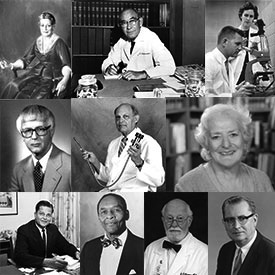 Read about the key figures who helped shape the UAB School of Medicine. The School of Medicine’s Learning Communities are small groups aimed at fostering interpersonal relationships among students from all four classes and between students and faculty mentors. They also offer ideal venues for group discussions on topics ranging from mindfulness and resilience to medical ethics to managing finances. This year, students were given the opportunity to rename six of the 11 Learning Communities after prominent leaders from the school’s past and present. Here you can learn more about the fascinating figures who inspired our Learning Communities.
Read about the key figures who helped shape the UAB School of Medicine. The School of Medicine’s Learning Communities are small groups aimed at fostering interpersonal relationships among students from all four classes and between students and faculty mentors. They also offer ideal venues for group discussions on topics ranging from mindfulness and resilience to medical ethics to managing finances. This year, students were given the opportunity to rename six of the 11 Learning Communities after prominent leaders from the school’s past and present. Here you can learn more about the fascinating figures who inspired our Learning Communities.
Compiled by Katelyn Howard

Barfield-Carter Community
In 1945, Melson Barfield-Carter, M.D., became the first female faculty member at the School of Medicine and the first woman to be named a department chair (of the Department of Radiology). She also was the first woman to graduate from Tulane Medical School, and she completed her residency in radiology at Massachusetts General Hospital. Barfield-Carter started the radiology residency training program and developed the School of Radiological Technology at UAB.

Finley Community
Wayne Finley, M.D., Ph.D., and Sara Crews Finley, M.D., became pioneers in the field of medical genetics when they co-founded the Laboratory of Medical Genetics, the first center of its kind in the Southeast, in 1962. The Finleys guided the medical genetics research, training, and service program at UAB for 35 years, providing genetics services and developing specialized diagnostic laboratories for detectable genetic disorders.
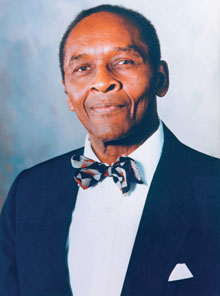
Hamilton Community
Herschell Lee Hamilton, M.D., came to Birmingham in 1958 as its first African-American board-certified general surgeon. He was the first African-American to receive operating privileges at University Hospital. Hamilton earned his nicknames as the “Dog Bite Doctor” and the “Battle Surgeon” for his work helping injured activists during the civil rights movement.
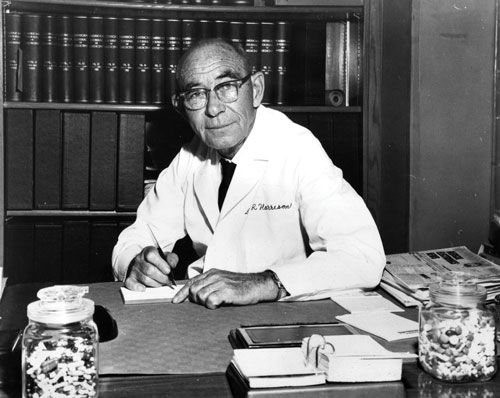
Harrison Community
Tinsley Harrison, M.D., served as dean of the School of Medicine and chairman of the Department of Medicine. He helped recruit nationally known physicians from Harvard University and the Mayo Clinic, among others. His special field of interest was cardiovascular medicine as well as the pathophysiological mechanisms of disease. Harrison is best known among physicians as the founding editor and editor-in-chief of the first five editions of Harrison’s Principles of Internal Medicine.
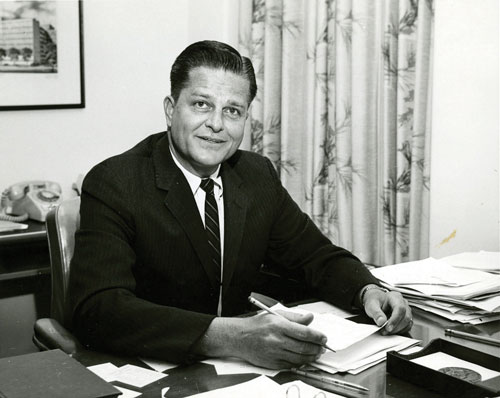
Hill Community
Longtime School of Medicine faculty member Samuel Richardson “Dick” Hill Jr., M.D., served as president of UAB from 1977 to 1986. Hill practiced internal medicine and endocrinology before coming to the Medical College of Alabama in 1954. He was appointed dean of the college in 1962 and remained there as it evolved into UAB, serving as vice president for health affairs and medical center director and director of the University of Alabama Medical Education Program. Hill recruited John Kirklin from the Mayo Clinic to chair the surgery department and Gene Bartow from UCLA to coach the university’s first basketball team.
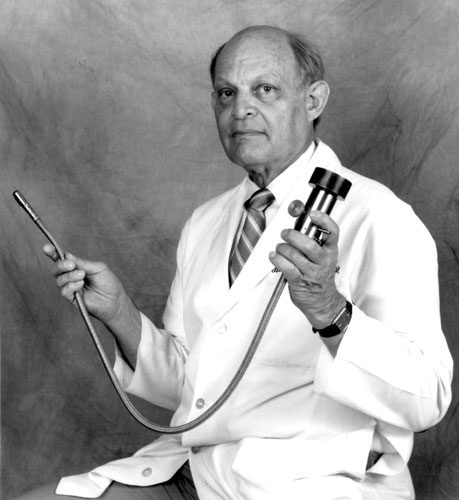
Hirschowitz Community
Basil Hirschowitz, M.D., Ph.D., is a medical pioneer who, along with his colleagues, invented the first fiberoptic endoscope that became the standard for visualizing and treating virtually every cavity in the body. Hirschowitz dedicated his career to the study of diseases of the upper GI tract and published more than 350 papers, many related to ulcer disease. He was also a leader in clinical trials that were the forerunners to new pharmaceutical treatments in gastroenterology, paving the way for widespread use of medications known today as Pepcid, Prilosec, and Nexium.

Kirklin Community
In the 1950s, while at the Mayo Clinic, John Kirklin, M.D., performed the world’s first series of open heart operations using a heart-lung machine. Kirklin joined the UAB faculty in 1966 as chair of the Department of Surgery and the surgeon-in-chief for UAB Hospital. He held those positions until 1982 during which time he built one of the most prestigious cardiovascular surgical programs in the world.

Lyons Community
Champ Lyons, M.D., arrived in Birmingham in 1950 to become the first full-time chair of surgery, a position he retained until his passing in 1965. That year, Lyons became one of the first faculty members to be named a distinguished professor. His major professional contributions were in the areas of surgical infections and vascular surgery.
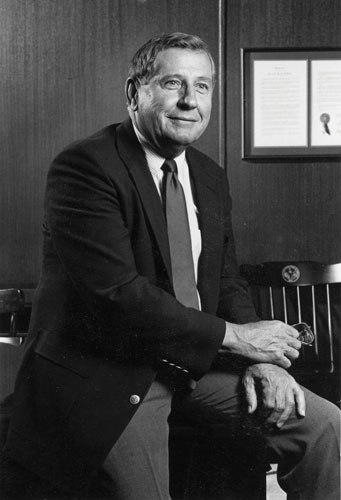
McCallum Community
Charles “Scotty” McCallum Jr., DMD, M.D., came to Alabama in 1951 to complete a residency in oral and maxillofacial surgery after earning his dental degree from Tufts College Dental School. He earned a medical degree from the Medical College of Alabama in 1957 and became dean of the School of Dentistry in 1962. He later served as vice president for health affairs and director of UAB Medical Center before becoming the third president of UAB in 1987. After stepping down as president, he was elected to two terms as mayor of Vestavia Hills beginning in 2000.

Oparil Community
Suzanne Oparil, M.D., is a renowned cardiologist and a member of the prestigious National Academy of Medicine. Her research focuses on cardiovascular disease and the development of novel treatments for hypertension, including ACE inhibitors. She has also made important discoveries about mediators of pulmonary hypertension and the role of estrogen in blood vessels. She is a distinguished professor of medicine and director of the Vascular Biology and Hypertension Program at UAB.

Pittman Community
As the UAB School of Medicine’s longest-serving dean—19 years, from 1973 to 1992—James Pittman Jr., M.D., left an indelible mark. He was known for his ability to recruit and retain nationally and internationally renowned physicians and scientists. He is credited with restoring a four-year medical school curriculum, replacing the 35-month program that was in place when he became dean, and creating space in the academic cycle for students to pursue research and service activities.